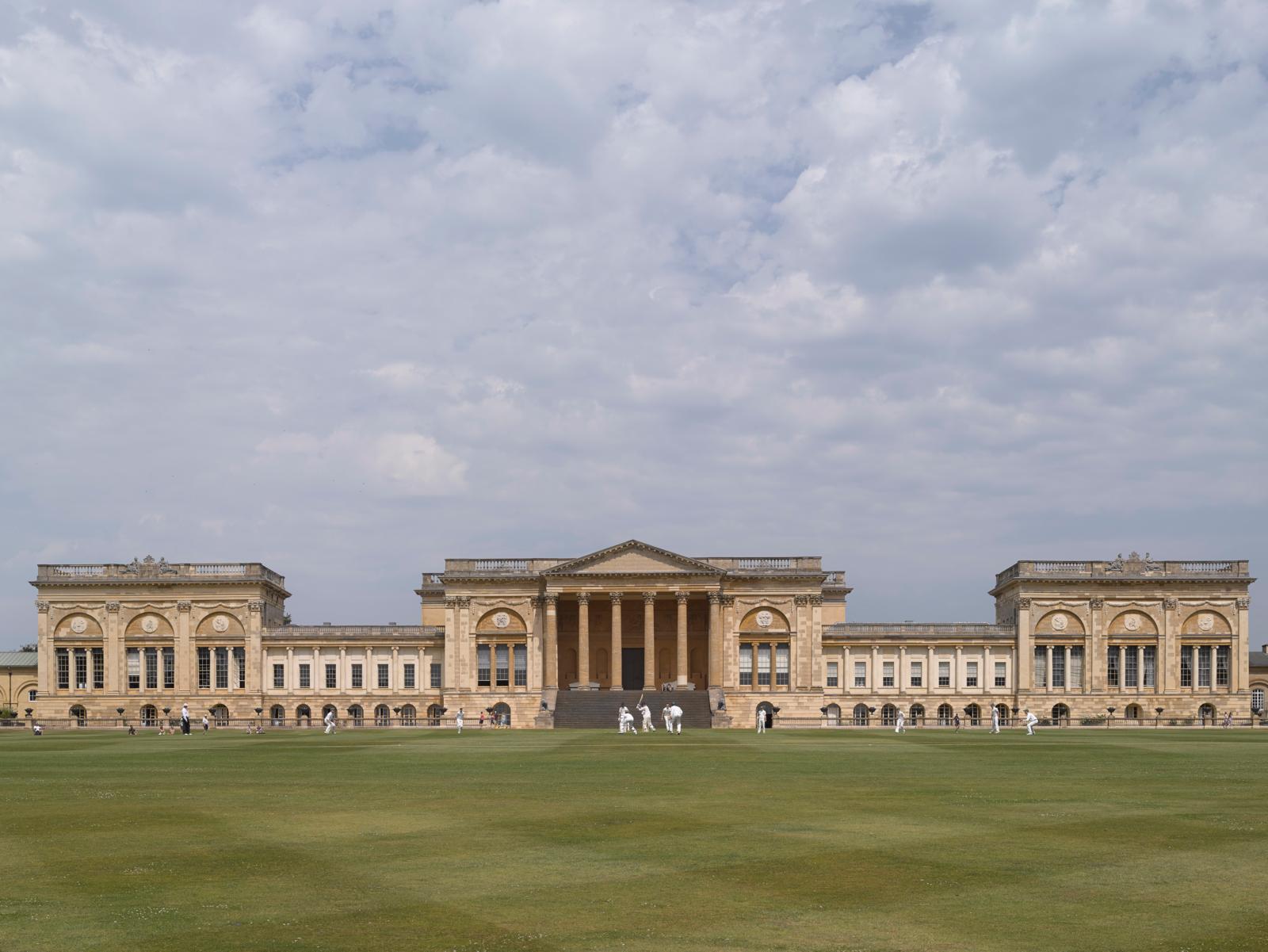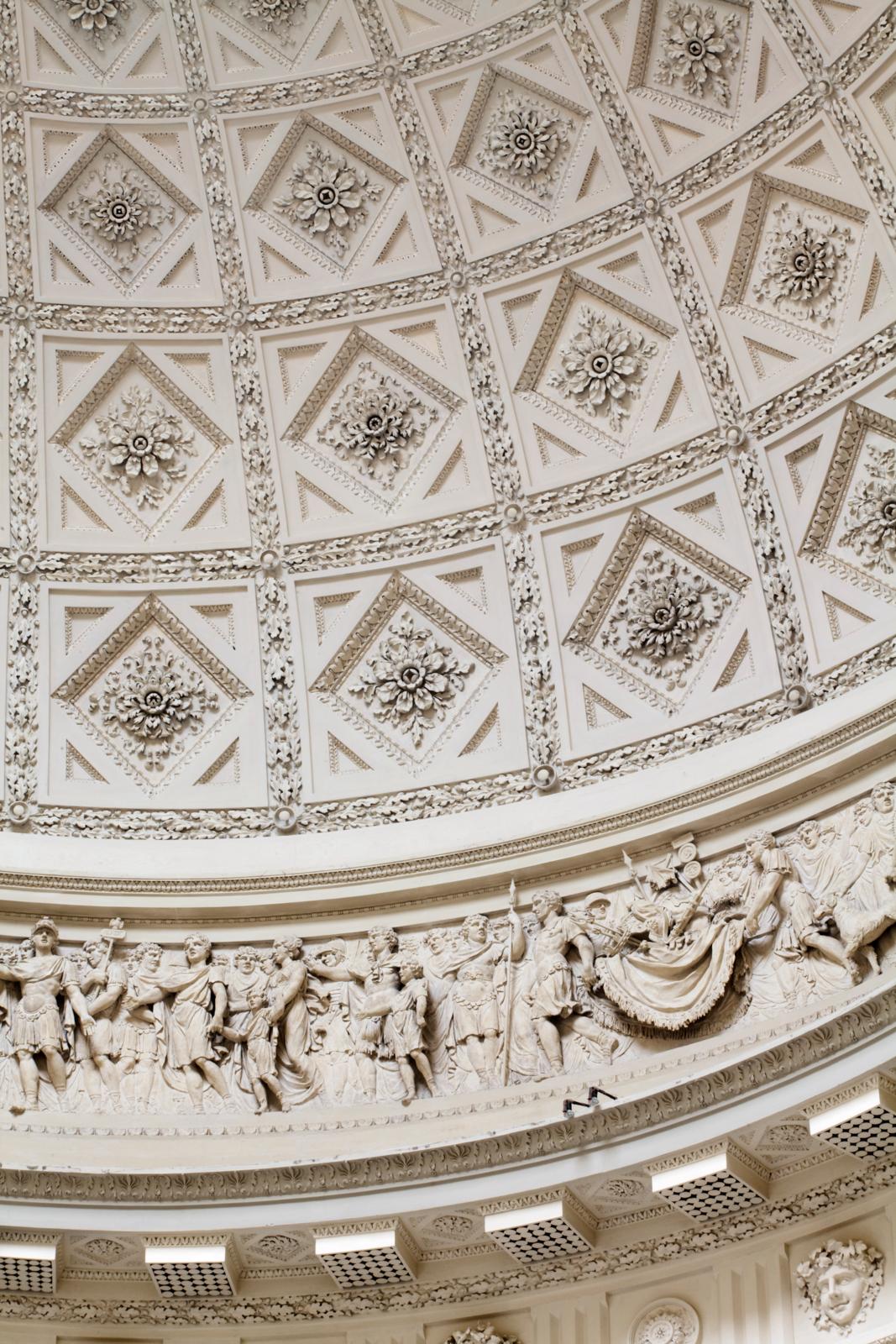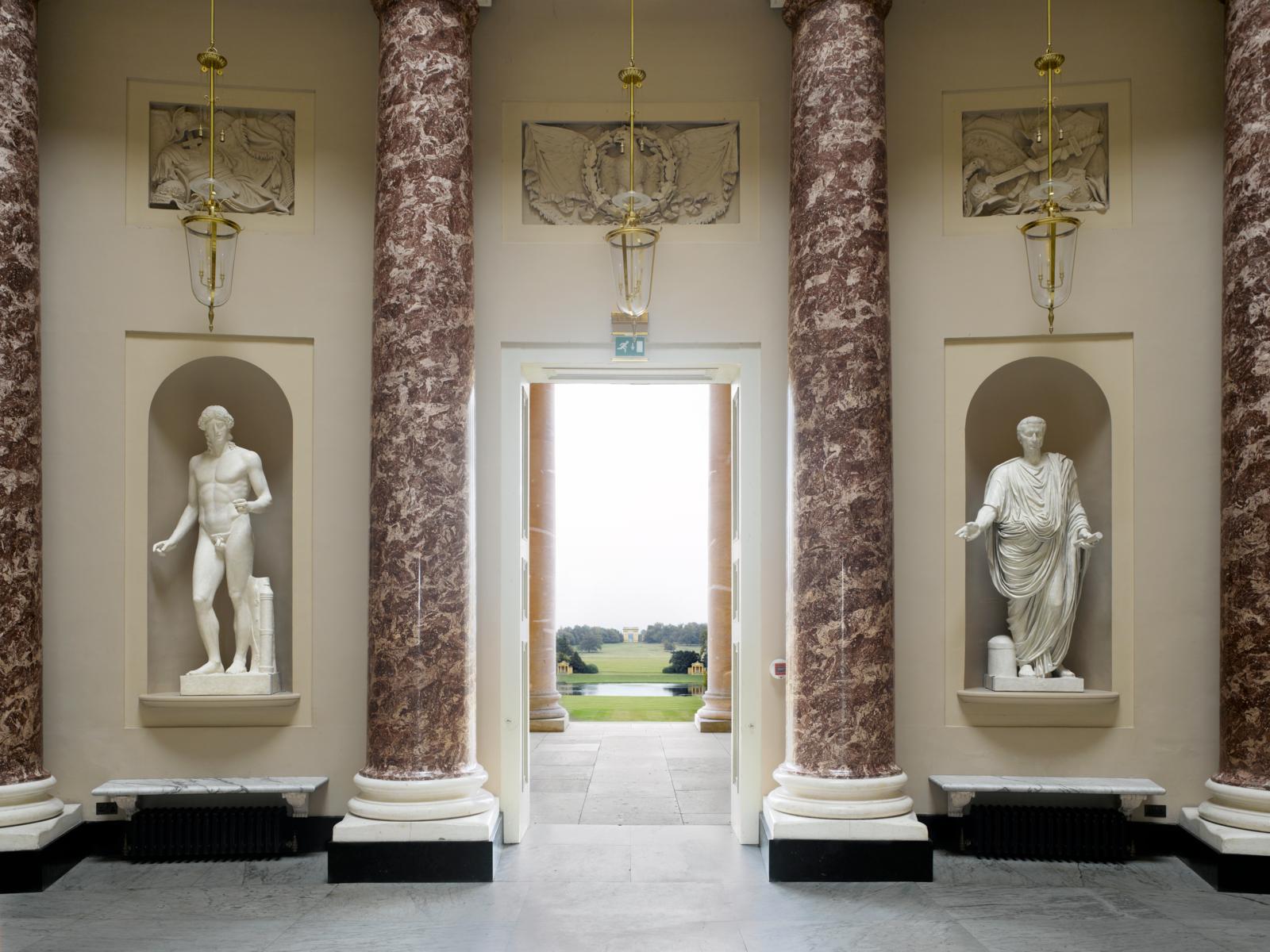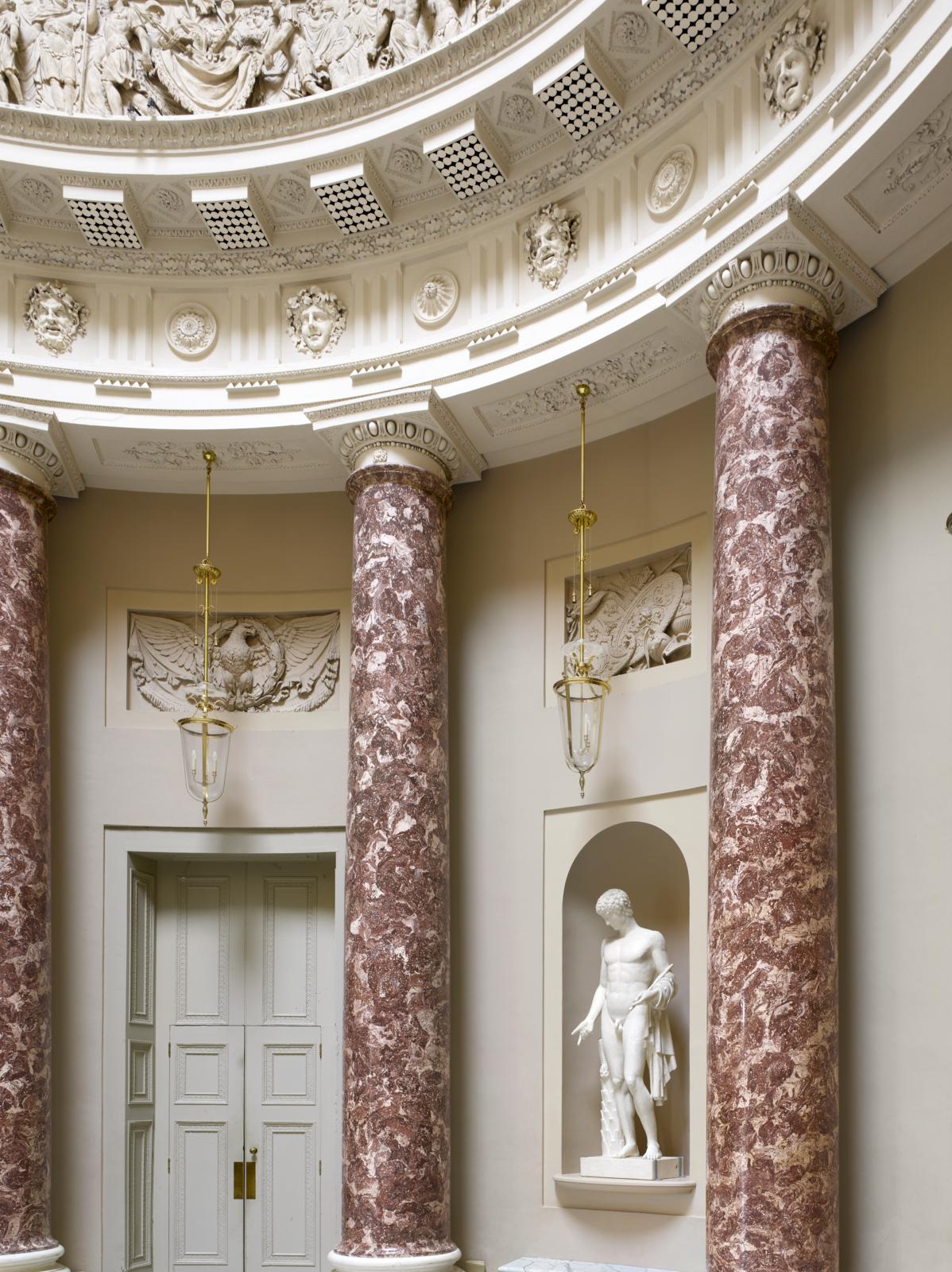Stowe Hall and the renaissance of the country house
In 1975, the end seemed nigh for the great country houses of Britain, but, 50 years on, our built heritage has exceeded expectation and undergone a remarkable revival, John Goodall writes.


The spectacular Marble Saloon, designed for Earl Temple in the 1770s and completed for his nephew, the 1st Marquess of Buckingham, is the centrepiece of Stowe, one of the largest Classical country houses ever created. In 1923, following the sale of its contents, Stowe was saved from demolition by becoming a school. In 1989, its park was taken over by the National Trust and, in 1990, the Stowe House Fund was launched.

Stowe House — also popular among cricketers.
When it became apparent that the school could not undertake the gargantuan task of restoring the building within its charitable remit, the Stowe House Preservation Trust (SHPT) was formed in 1997. Its stated purpose is to restore and preserve Stowe for the benefit of the nation and the public.

The plaster frieze shows a procession of triumphant soldiers in high relief and supports a huge elliptical coffered dome which reaches a height of over seventeen metres.

Since then, the SHPT has been involved in the incremental restoration of the interiors at a total cost of £26 million. In the process, it has demonstrated the effectiveness of what was in the 1990s a novel approach to the care of a great historic building. Similar trusts have achieved the restoration of other houses, such as Lytham Hall, Lancashire, and Westonbirt House, Gloucestershire.
Work to the Marble Saloon began in 2003, with generous support from the World Monuments Fund in Britain and the Heritage Lottery Fund. Under the supervision of Purcell Miller Tritton, the coffered ceiling, as well as the bas-relief frieze beneath it, was restored.


In 2009, with the help of the trustees of the Stowe School’s Hall Bequest (‘A triumphant return’, October 21, 2009), other lost elements of the interior recorded in the 18th century were installed: eight plaster casts of classical gods, goddesses and heroes, as well as reproduction incense burners on tripods, known as athéniennes.
Exquisite houses, the beauty of Nature, and how to get the most from your life, straight to your inbox.

John spent his childhood in Kenya, Germany, India and Yorkshire before joining Country Life in 2007, via the University of Durham. Known for his irrepressible love of castles and the Frozen soundtrack, and a laugh that lights up the lives of those around him, John also moonlights as a walking encyclopedia and is the author of several books.